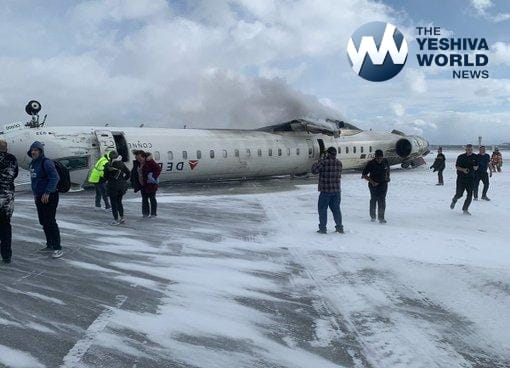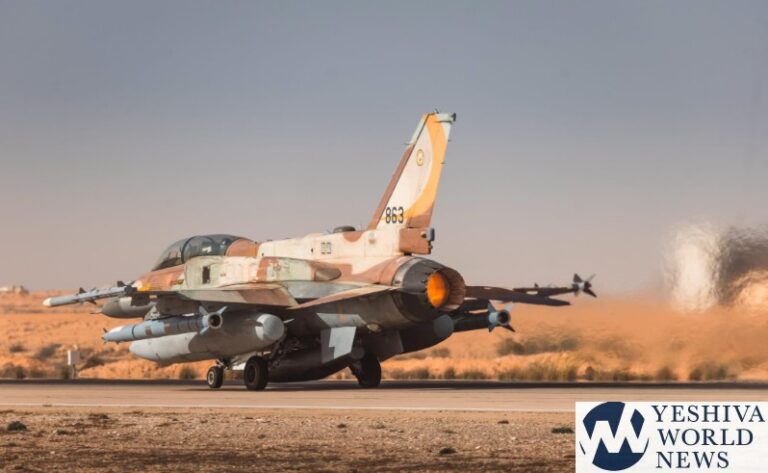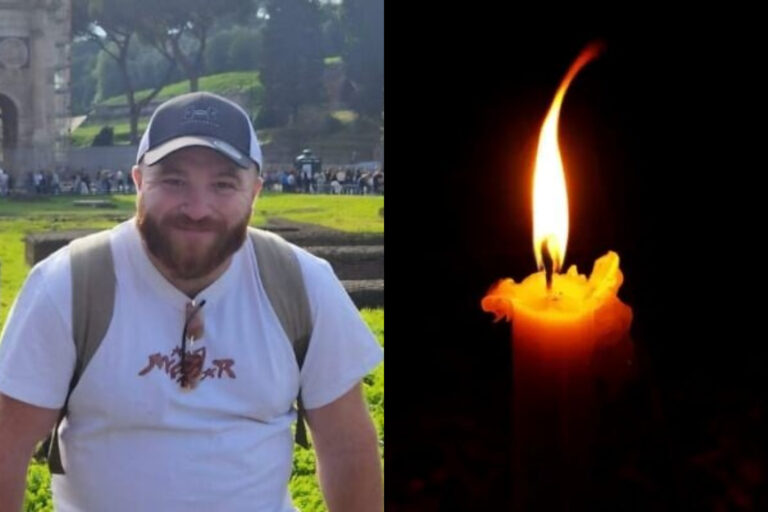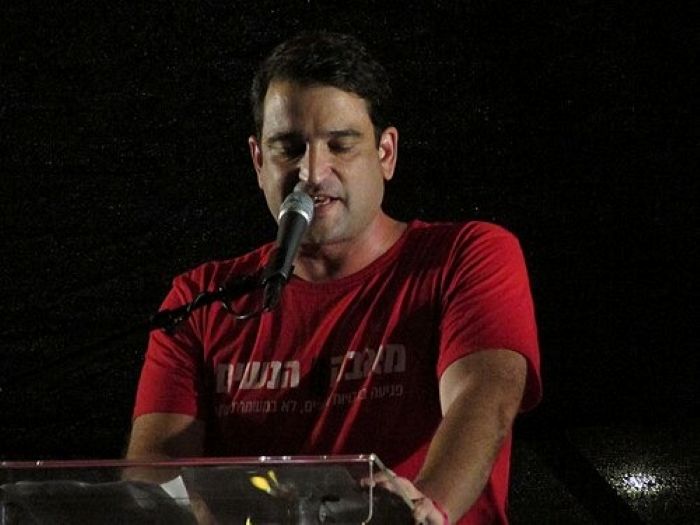Newly released footage of the Delta Connection flight 4819 crash in Toronto on Monday shows how seat belts were the difference between life and death for many passengers.
The harrowing video, released by ABC, captures the eerie aftermath inside the wrecked aircraft—passengers dangling upside-down, their bodies suspended by nothing but their seat belts. The aircraft, a CRJ900, had flipped upon impact, turning the cabin into a chaotic scene. But those who had buckled up remained strapped to their seats, defying gravity, their lives quite literally hanging by a thread.
The crash occurred Monday afternoon as the flight from Minneapolis attempted to land at Toronto Pearson International Airport. With 80 passengers on board, the aircraft suffered a catastrophic failure during touchdown, skidding and overturning in a horrifying sequence caught on airport surveillance cameras.
Miraculously, despite the devastating impact, only 18 passengers were injured—two critically, though they are reportedly in stable condition.
Aviation experts say it could have been far worse.
“This is exactly why we stress the importance of keeping your seat belt fastened whenever you’re seated,” said aviation safety analyst Greg Lawson. “These passengers survived because they were restrained. Without seat belts, many of them would have been violently thrown from their seats, leading to potentially fatal injuries.”
For years, flight attendants have repeated the same message: Keep your seat belt fastened whenever seated, even when the sign is off. Yet, many passengers disregard the warning, believing turbulence or a crash scenario is unlikely.
“This footage should serve as a wake-up call,” said former airline captain Michael Carter. “It’s easy to roll your eyes when the flight crew reminds you to buckle up, but in an instant, an ordinary flight can turn into a disaster. These people were upside-down in a crumpled aircraft. The only thing keeping them in place was that belt.”
Authorities have yet to determine the exact cause of the crash. Investigators from the Transportation Safety Board of Canada (TSB) and the U.S. National Transportation Safety Board (NTSB) are examining flight data and wreckage to determine whether mechanical failure, human error, weather, or a combination of conditions played a role.
Meanwhile, aviation experts continue to stress that this incident should not be seen as an isolated event but rather a stark reminder of a simple, life-saving habit: When you fly, wear your seat belt. Always.
For those still tempted to ignore that advice, the newly released footage speaks for itself.
(YWN World Headquarters – NYC)












2 Responses
Everyone with half a brain complies with seatbelt during takeoff & landing. It’s during mid-flight & indicator is off when people are lax.
When I’m sitting down I always do, due to pontential violent air turbulence coming out of nowhere. But every so often during long flights you have to get up & stretch which without can lead to other medical complications including blod clots especially at high altitudes. Every in life – especially medicine & safety, should be viewed from a risk vs reward perspective.
jpa what are you trying to say? Obviously if you need to stretch or use the restroom you won’t be wearing your seatbelt. We are talking about those guys that try to sleep with their blanket covered and the seatbelt not on and try to fool the flight attendants that we are wearing a seatbelt. This is a reminder that you can be dead if not worn. Same goes with a car even when you drive down the block. We all say it’s just a one minute drive. Wearing a seatbelt is a mitzvah.